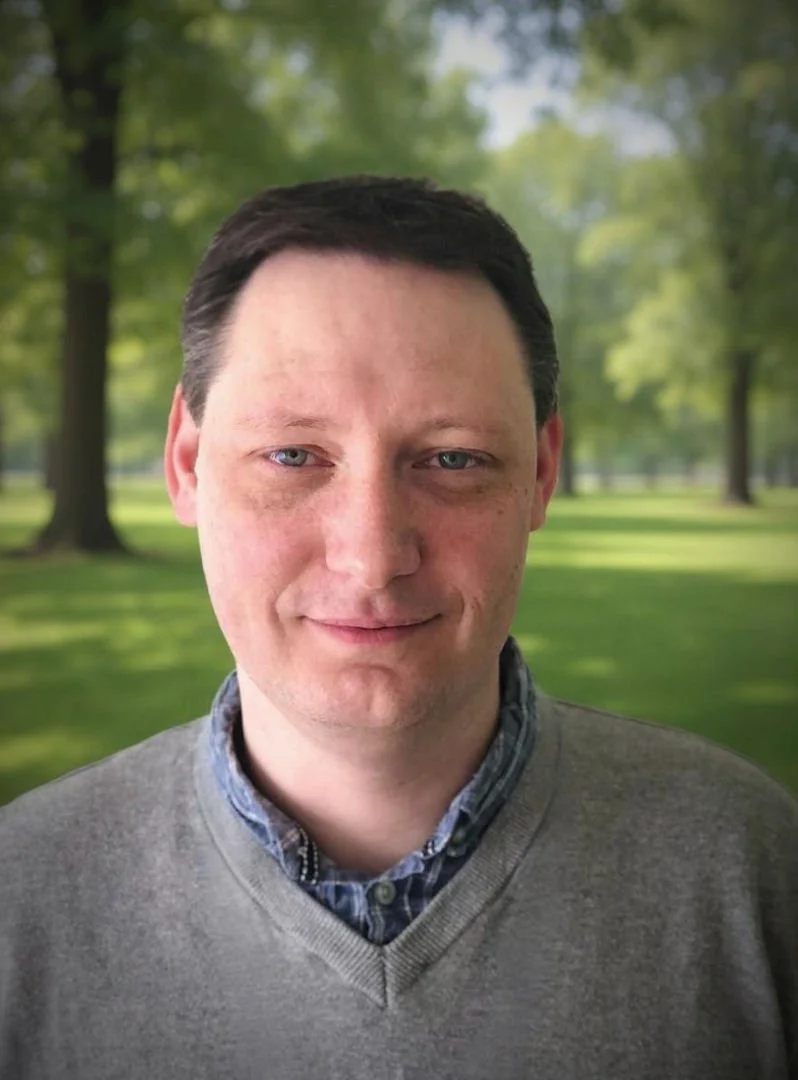Eye Movement Desensitisation and Reprocessing Therapy (EMDR)
What Is Eye Movement Desensitisation and Reprocessing Therapy?
Eye Movement Desensitisation and Reprocessing, commonly known as EMDR, is a structured, evidence-based psychological therapy primarily used to help people recover from trauma and distressing life experiences. It is particularly effective for post-traumatic stress disorder (PTSD), but is also used for a wide range of emotional issues.
EMDR works by helping the brain process unprocessed memories that are “stuck” due to overwhelming emotional impact. It uses bilateral stimulation—such as eye movements, taps, or sounds—while you recall distressing memories, which allows the brain to reprocess them in a less emotionally intense way.
Unlike traditional talk therapy, EMDR does not require you to go into great detail about your trauma. Instead, it focuses on the memory itself and how it’s stored, helping you change the way you react to it. EMDR is structured, goal-oriented, and can often bring relief more quickly than some other therapies.
How Can EMDR Help?
EMDR is effective for a range of difficulties, including PTSD, anxiety, depression, phobias, panic attacks, grief, and trauma from abuse or accidents. It can help you:
Process traumatic or disturbing memories that continue to affect your present life
Reduce the emotional intensity and vividness of distressing experiences
Break unhelpful emotional or behavioural patterns linked to past events
Improve your sense of safety, control, and self-worth
Feel less overwhelmed by triggers and more grounded in the present
The goal of EMDR isn’t to erase memories, but to help you store them in a healthier way—so they no longer feel threatening or intrusive. Over time, this can lead to a reduction in symptoms and a greater sense of emotional freedom and resilience.
What Should I Expect If I Try EMDR?
If you decide to attend EMDR sessions, you can expect a structured and phased approach tailored to your needs. You might:
Begin by exploring your history and identifying key memories or themes to target
Learn calming and grounding techniques to help you feel safe and prepared
Work through traumatic memories using bilateral stimulation (e.g., eye movements or tapping)
Notice thoughts, feelings, and body sensations that arise and allow them to shift
Reprocess distressing memories so they lose their emotional charge
Finish with a focus on positive beliefs and future resilience
EMDR is different from traditional talking therapy—you won't have to talk extensively about your trauma. You just need to be open to noticing what comes up during sessions and letting your brain do the work of healing.
EMDR can help you move past the hold that trauma or distressing memories have on your life, allowing you to feel calmer, more present, and more in control of your emotional world.














